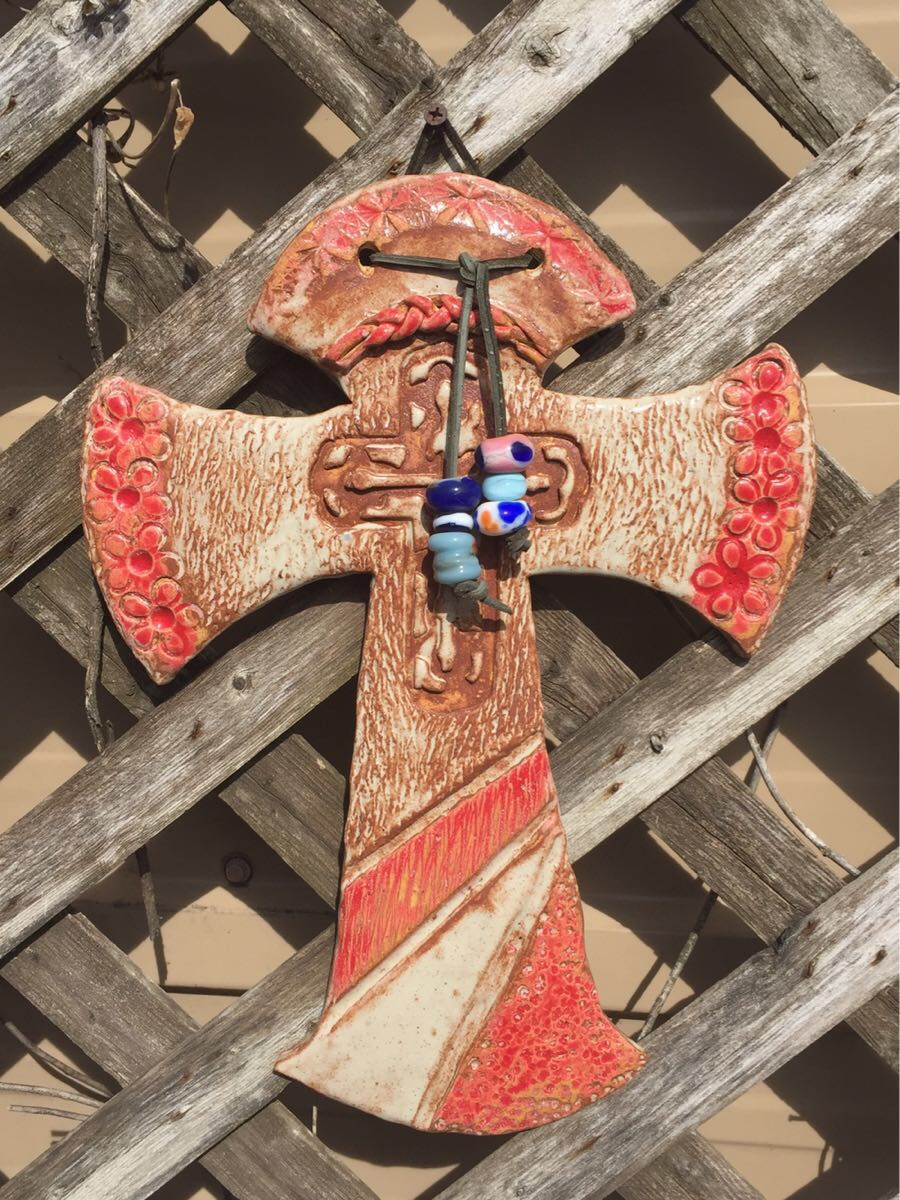TA Theory based on the assumption that our current decisions are based upon past experiences.
A group setting works very well. Clients are encouraged to discover how their current actions are motivated by past circumstances…and that they are able to change.
It is a lot like traditional psychoanalysis; it recognizes how the past affects us now. TA is quicker than traditional psychoanalysis. It is easier to understand.
TA is interactional (emphasizes the dynamics between people) and contractual (in a group it is clear what all want to work on and are willing to do).
A Life Script, formed by age five usually, is reinforced by the parents and justified by events….it leads to a way of working through all of life.
Redicision therapy: help people challenge themselves to change
Ego States: (note how similar to id, ego, super ego)
- Parent ego: Contains all the shoulds, should nots, oughts, etc.
- Parent ego – nurturing parent – Positives: affirming others Negative: “you poor thing”
- Parent ego – controlling – Positive: “Finish your homework before you watch TV” Negative: being critical
- Adult ego: our data processor….decoding wrongs from rights…The adult ego negotiates between the child and parent ego.
- Child ego: our most natural state…who we really are. Includes feelings, impulses, spontaneous actions, adapting, not adapting, rebelling, appropriate, inappropriate responses,
TA group members taught to recognize which ego they are in and how it is helping or hurting at that moment.
Strokes: Verbal or nonverbal signs of acceptance. Positive strokes offer warmth…needed for health development. “good job”, a smile, a touch, etc. Negative strokes are useful for setting limits…don’t go into the street, for example. Self-strokes are not valuable. Behavior is often guided by the need for strokes.
Injunctions: They are given by parents when parents feel threatened. They contain, dont’ be close, don’t be separate, don’t, don’t grow up, don’t be well, don’t belong, don’t feel, don’t be sane, etc.
Counterinjunctions: These come from parents and contain the shoulds and should nots….be perfect, be strong, please me, be careful
Game: on ongoing series of transactions between two people trading strokes with a negative payoff in the end. Stroke starved people play games to get strokes. Game participants are persecutors, rescuers, and victims. A person can have multiple roles. Game topics include, “poor me”, “kick me” “gotcha”, “blemish”, harassed, “I am only trying to help”, “if it weren’t for you”, “yes, but”.
Rackets are the unpleasant feelings at the end of the game: Substitute feelings the parents did not allow. They are manipulative. For example, a child is told they are not angry, just tired…go to your room. Later in life they may be “tired” a lot in place of anger. That is their racket. People who are usually, depressed, angry or bored may be feeding those feeling into a pattern of behaving.
People seek security by maintaining what is known…even though it may be harmful overall. But TA says people can change that once they recognize it.
Script analysis shows group members the process of how they got the scripts they are using and how those scripts justify their actions.
Psychodrama: An Action Approach to Group Psychotherapy
J.L. Moreno developed the psychodrama approach after witnessing the therapeutic value associated with the participation in the “Theater of Spontaneity”. Role playing and enacting situations are the primary components of psychodrama.
Psychodrama Concepts
- Psychodrama is not normally used as a stand-alone technique. Instead, it is incorporated with other techniques.
- Sometimes words are not enough. Action, interpersonal interactions, and imagery can, at times, better help clients express feelings.
- Psychodrama allows past or anticipated future events and circumstances to be reenacted and explored in the here-and-now. Participants can work through “unfinished” business from the past and possibly assign new meaning to the situation.
- Through creativity, clients can explore other potential coping methods.
- Spontaneity promotes creativity. Spontaneity encourages re-thinking, questioning, and re-evaluating.
- Encountering occurs when individuals interact in a meaningful and authentic way. Psychodrama’s symbolic encountering is therapeutic.
- Surplus reality offers the chance to test new and different realities. Alternative viewpoints can be explored which help in reframing perceptions.
- Catharsis and Insight: Emotional release can lead to awareness
- Reality testing offers a safe method for trying out new behaviors.
- Role theory states that we are all “actors on the stage of life”. Psychodrama can help people adjust and/or understand the roles they play in life.
Psychodrama Participants
- The psychodrama director is the main group therapist.
- The protagonist is the client presenting with a problem to be explored.
- Auxiliary Egos are the “supporting players” who take part in the psychodrama. They are other members of the group who play the role of the protagonist’s significant others. They may be alive, dead, or even inanimate objects.
- The audience includes the other members of the group who witness the psychodrama.
- The stage is the location where the psychodrama takes place. It is usually a place in the room and may include props when needed.
Psychodrama Phases
- The warm-up phase is the initial period of the group where trust and cohesiveness are built. It is also a time for the therapist to educate the group about psychodrama and to find potential protagonists.
- The action phase is the actual enactment of the drama where the protagonist works through events or problems. The goal of this phase is to bring out the protagonist’s underlying thoughts, attitudes and feelings.
- During the sharing and discussion phase the protagonist, auxiliary egos, and audience share and discuss their reactions and feelings about the psychodrama.
- Closure does not necessarily mean that the problem was resolved. However, all group members need the opportunity to discuss how they were affected and what they learned.
Overall Principles of Psychodramatic Techniques
- Use physical action when possible (instead of just talking).
- Promote authentic encounters as much as possible.
- Encourage the use of “I” statements.
- When appropriate, incorporate humor and playfulness.
- Encourage exaggerated behavior in order to explore a wider range of responses.
Common Psychodramatic Techniques
- With Self-Presentation the protagonist simply plays him or herself.
- With role reversal the protagonist assumes the role of the other relevant individual.
- With the double technique another group member plays the role of another part of the protagonist. Example: the protagonist’s inner voice.
- Using the soliloquy technique, the director may pause the drama and ask the participants to articulate their thoughts and feelings.
- The empty chair technique can be used for role reversal or for confronting a deceased or too threatening individual.
- With mirroring, another group member replays the protagonist’s posture, words, and gestures he or she expressed during the drama.
- With future projection, an anticipated event is brought into the present.
- The magic shop allows the protagonist to experiment with a variety of qualities he or she may not normally possess.
- Replaying a drama allows for redoing or modification.
- Role Training allows the protagonist to practice new styles and roles.
Multicultural Issues
The director must be aware that individuals from some cultures may be resistant to confrontation, talking to or about senior family members, etc.
Therapists should consider the client’s language of origin. Psychodrama participation may be more productive when performed in the client’s primary language.
Limitations of Psychodrama
- Caution must be used when applying the technique to individuals with severe acting-out behaviors or serious disturbances.
- Group leaders should exercise care when past traumas may be re-experienced.
- Leaders should resist the urge to insert circumstances into the drama in order to “speed things up”.
Alfred Adler
Instead of Freud’s sexual repression theory, Adler proposed that neurosis was caused by a person trying to avoid those required tasks in life that may result in failing.
Adler: We are born with certain building blocks. What we do with those blocks is what determines what we become.
Adler was politically and socially oriented. He believed in the social nature of humans.
Adler was the first to use group methods in a systematic way.
We create our own view of life, self and other people. From that view we create short and long term goals that guide our behavior and development.
Adler: self -determination and and consciousness. We are NOT the victims of fate…we have choices.
Adler: We develop our uniqueness early in childhood and is basically designed to compensate for and overcome inferiority.
Adler:
- Understand the whole person in the context of their enviroment
- Behavior is basically socially driven…trying to find out fit…our way
- Phenomenological orientation: how we subjectively perceive our world
- Within a framework of limitation, we can do whatever we want
- We must complete 3 life tasks: building friendships (social), establish intimacy (love marriage), and contribute to society (occupational)
- In moving from an inferior position to a desired superior position, we find ways to take control of the forces in our life instead of them controlling us
- GREAT emphasis on the family…birth order, age of siblings, parents age, issues,
- Our style of life is basically formed by age 6
Counselors are quite active…creating structure, acceptance, confrontation, involvement, helping set goals, conduct assessments, offer interpretations
Early life is looked at, but it’s not the focus as in analytic. A thorough social history is used.
Early recollections help determine what is important to a client. “one time I…” instead of memories about what one’s mother did, for example
Miracle type questions are used
Adlerian therapy lends itself to brief therapy. Time limitation convey to clients that change will occur in a short amount of time.
Adlerian is well-suited for multicultural applications because it tries to understand individuals within social contexts
May not be best for collectivist cultures because of the emphasis on individuality.


























